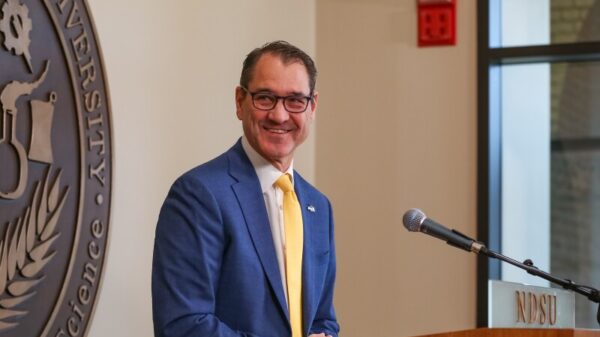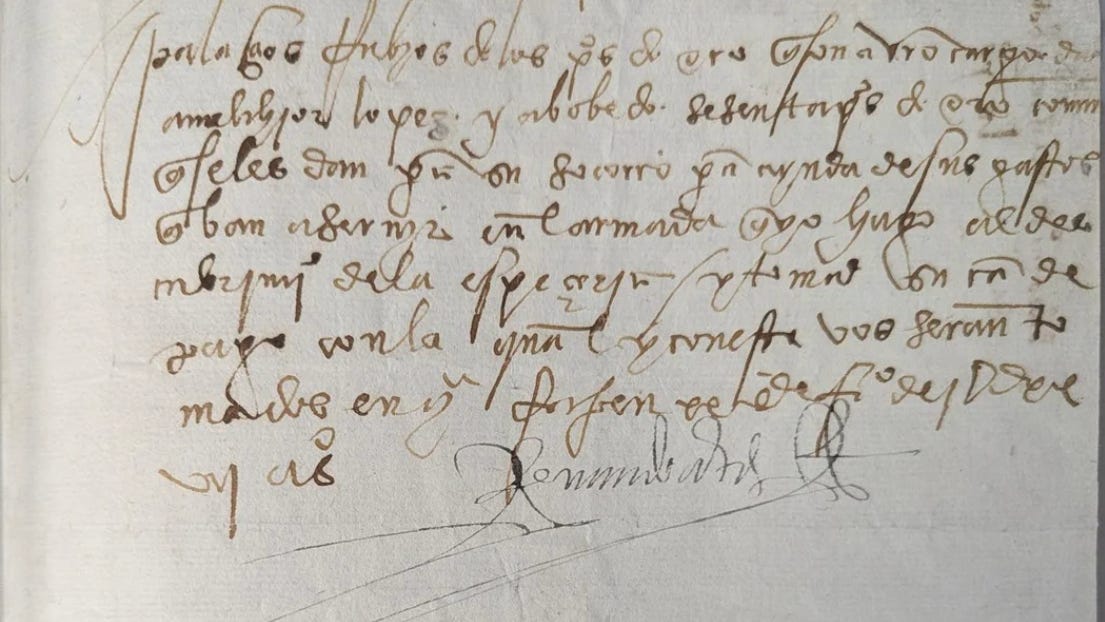A 16th-century document signed by Spanish conquistador Hernán Cortés has been repatriated to Mexico more than three decades after it was stolen from the nation’s archives. The Federal Bureau of Investigation (FBI) announced the return of this “priceless cultural artifact” on August 13, 2023, during a formal ceremony. Special Agent Jessica Dittmer, part of the FBI’s Art Crime Team, confirmed that the manuscript page was originally signed by Cortés on February 20, 1527.
Authorities believe the document was taken sometime during the 1980s or 1990s. Dittmer indicated that no one will face charges related to the theft, as the document changed hands multiple times over the years. “Pieces like this are considered protected cultural property and represent valuable moments in Mexico’s history,” she stated, emphasizing its importance for understanding the past.
This document marks the second Cortés item returned by the FBI to the Mexican government; in July 2023, the agency repatriated a letter from Cortés that authorized a purchase of rose sugar dating back to April 1527. The successful repatriation was made possible through collaboration between the FBI, the New York City Police Department, the U.S. Department of Justice, and the Mexican government.
Historical Significance and Recovery Efforts
For decades, Mexico has actively sought the return of cultural artifacts, including a delicate headdress believed to have belonged to Aztec Emperor Moctezuma II, which is currently housed in an Austrian museum. The manuscript page was reported missing in October 1993 when archivists at Mexico’s General Archive of the Nation discovered that 15 pages from a collection signed by Cortés were unaccounted for while microfilming the collection for inventory.
Dittmer noted that the wax numbering system used by archivists in the mid-1980s played a crucial role in tracing the document. In 2024, the Mexican government sought the help of the FBI’s Art Crime Team to locate the missing manuscript. Investigators determined that the document was likely in the United States and collaborated with the FBI’s Atlanta Field Office and the U.S. Attorney’s Office for the Southern District of New York to locate it.
While the manuscript page has been successfully returned, the FBI continues to search for the remaining missing pages. The agency has urged the public to reach out to their New York Field Office with any information related to the documents.
Details of the Manuscript Page
The manuscript page outlines payments made in pesos of common gold for expenses incurred during the preparation for uncharted expeditions. Dittmer described it as providing significant insights into the logistical planning of Cortés’ journey through what became known as New Spain, extending from present-day Washington state to Louisiana and down through Latin America.
Cortés initially landed in Mexico in 1519 with a small army, forging alliances with local groups opposed to the Aztec Empire. This strategy enabled him to capture the Aztec capital of Tenochtitlan, now Mexico City, just two years later. The date of the document, February 20, 1527, is particularly notable as it occurred shortly before one of Cortés’ key lieutenants was appointed co-governor of the conquered territory. This period was pivotal for the establishment of royal and religious institutions that would govern the indigenous peoples of Mexico until the War of Independence.
The return of this manuscript not only restores a piece of Mexico’s rich history but also highlights ongoing efforts to reclaim cultural heritage that has been lost or taken.








































































